The Reconstruction era was one of the darkest in American history in the eyes of unreconstructed Dixians. The economic, cultural, and legal assaults on the South in this period have rightly been extensively written about. Less well-documented, however, is the destructive impact it had on our environment.
After the war, land and labor in the South was cheap and the North had become wealthier. Because of this, and the fact that the North had already exhausted much of its own natural resources and developed on much of its own land, Northern industrialists turned to the South for new ventures. In turn, this would also be fueled by the large numbers who immigrated to the United States during the period.
Of the various industries that contributed to the rapid development and exploitation of the land in Dixie, the railroad industry experienced some of the largest growth. The number of miles of railroads in the U.S. increased from less than 100,000 miles in 1850 to more than 350,000 in 1920. Most of the railroads were built in and for the North. Some were built in the South yet, because of discriminatory freight rates, were of more benefit to the North. Thus, they were to the detriment of the environment with little benefit to Southerners. Still, most of the railroad industry’s environmental impact on the South was ultimately due to the amount of timber required for the construction and maintenance processes.
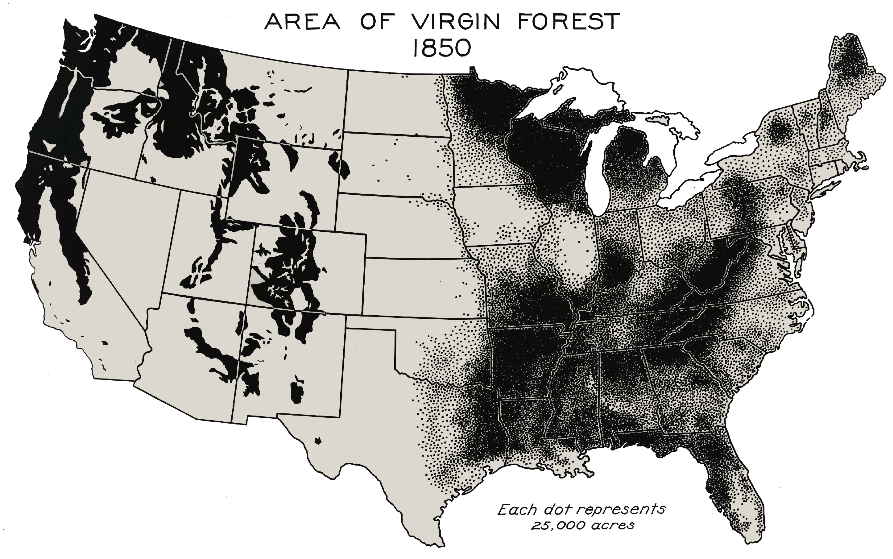
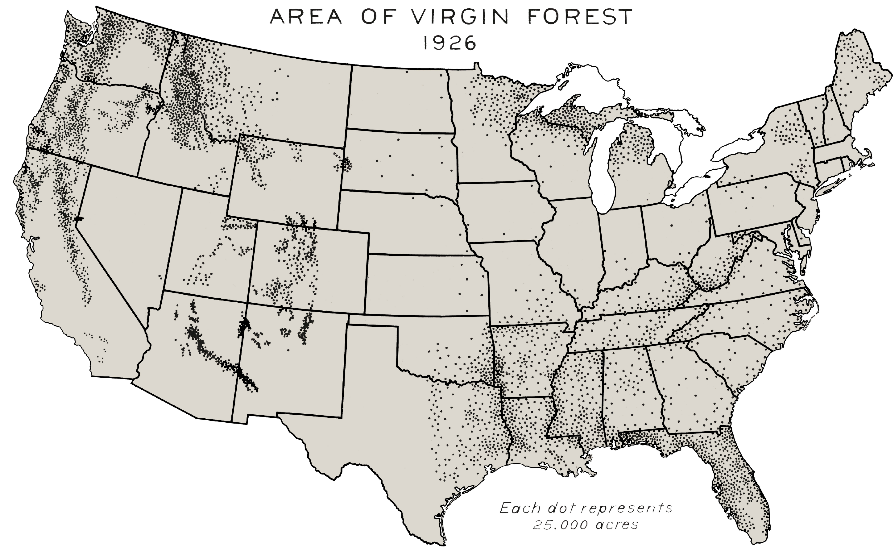
The lumber industry boomed as it expanded southward. Wood consumption in the U.S. doubled between 1859 and 1879. In the South, lumber production increased from 1.6 billion board feet to 15.4 billion between 1880 and 1920. This was accompanied by the rise of Northern lumber company giants like the Weyerhaeuser Company, which was started by an immigrant in Washington. It also coincided with the rise of poor harvesting practices: after forests were cut, the land was usually abandoned without being replanted. And frequently, through legal loopholes, thenceforth property taxes were avoided.
A disproportionate amount of the deforestation of this era took place in the South. Forest cover in Dixie was reduced by 76 percent between 1850 and 1910 and 80 percent between 1880 and 1920. Largely as a result of this, a few species of prominently Southern birds went extinct, like the beautiful Carolina parakeet, or became endangered. Other species’ population numbers significantly dropped.
The end of the War for Southern Independence marked the beginning of a long cold war, during which the victors considered our land to be among their rightful spoils. They stripped it bare and covered it with their rails and mills as they deemed the most advantageous to themselves. Though the societal impact of Reconstruction was the most heinous, the environmental impact should be counted among the injustices that we should never forget.
-By Dixie Anon

O I’m a good old rebel, now that’s just what I am. For this “fair land of freedom” I do not care at all. I’m glad I fit against it, I only wish we’d won, And I don’t want no pardon for anything I done.

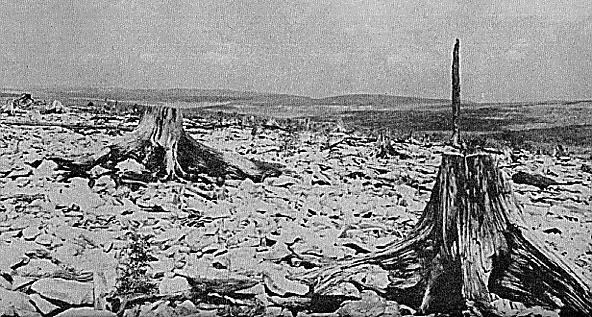

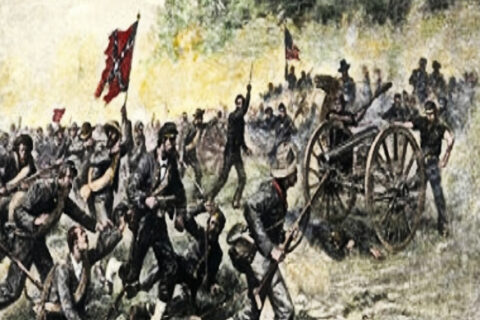
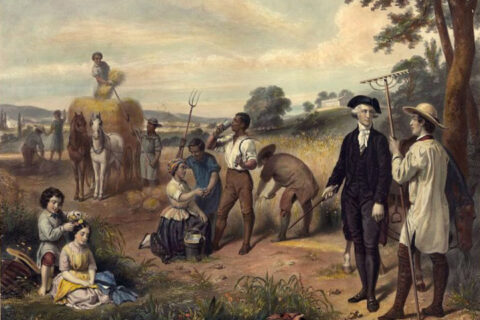

Thanks for the piece, but the map shows decimation of Yankee forests during the same time period. I think you just noted the fact that all of our ancestors had a general lack of concern for ecology.
MS you miss the point
That’s an understatement!
Nah guys, I get the point. It is a very interesting article and something most Southerner don’t think about. I believe the old S.N.P. had it as a part of their platform that outside investors could not hold our land. Anyway, thanks again.